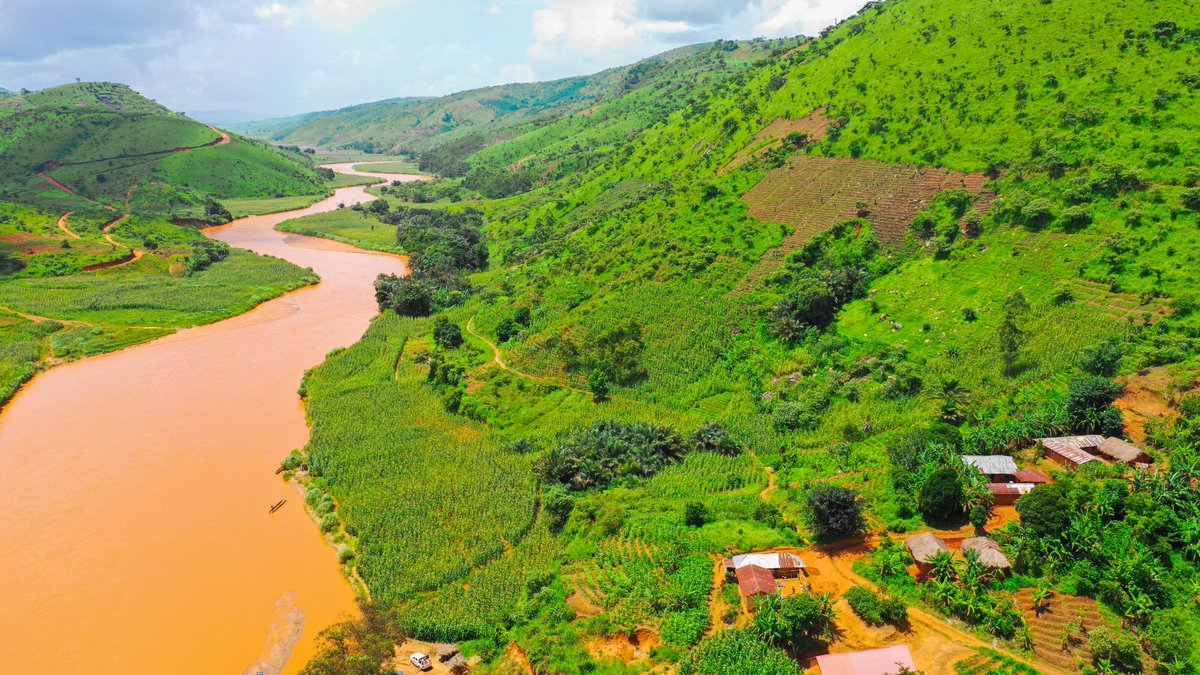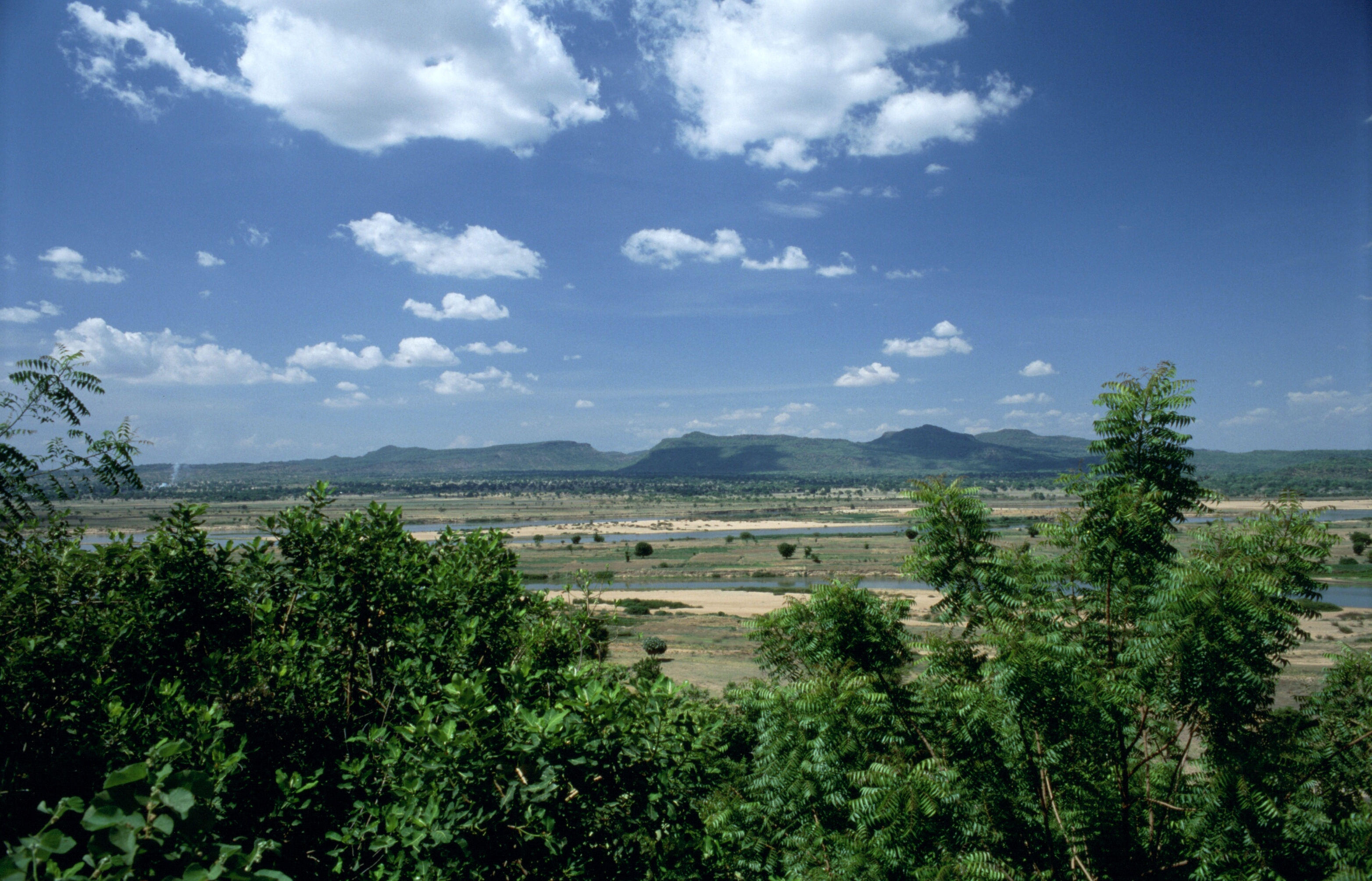|
Dong Language (Nigeria)
Dong, or Donga, is a poorly documented language in Nigeria. Though clearly Niger–Congo, it is difficult to classify; British linguist Roger Blench proposes that it is one of the Dakoid languages The Dakoid languages are a branch of the Northern Bantoid languages spoken in Taraba and Adamawa states of eastern Nigeria Nigeria ( ), , ig, Naìjíríyà, yo, Nàìjíríà, pcm, Naijá , ff, Naajeeriya, kcg, Naijeriya officially ..., the closest to Gaa. References Bibliography *Blench, Roger (n.d.) 'The Dɔ̃ (Dong) language and its affinities'. Ms. circulated at the ''27th Colloquium on African Languages and Linguistics'', Leiden, 1994. *Blench, Roger (2008'Prospecting proto-Plateau' Manuscript. * Blench, Roger (2011'The membership and internal structure of Bantoid and the border with Bantu' ''Bantu IV'', Humboldt University, Berlin. Northern Bantoid languages Languages of Nigeria {{AtlanticCongo-lang-stub ... [...More Info...] [...Related Items...] OR: [Wikipedia] [Google] [Baidu] |
Nigeria
Nigeria ( ), , ig, Naìjíríyà, yo, Nàìjíríà, pcm, Naijá , ff, Naajeeriya, kcg, Naijeriya officially the Federal Republic of Nigeria, is a country in West Africa. It is situated between the Sahel to the north and the Gulf of Guinea to the south in the Atlantic Ocean. It covers an area of , and with a population of over 225 million, it is the most populous country in Africa, and the world's sixth-most populous country. Nigeria borders Niger in the north, Chad in the northeast, Cameroon in the east, and Benin in the west. Nigeria is a federal republic comprising of 36 states and the Federal Capital Territory, where the capital, Abuja, is located. The largest city in Nigeria is Lagos, one of the largest metropolitan areas in the world and the second-largest in Africa. Nigeria has been home to several indigenous pre-colonial states and kingdoms since the second millennium BC, with the Nok civilization in the 15th century BC, marking the first ... [...More Info...] [...Related Items...] OR: [Wikipedia] [Google] [Baidu] |
Taraba State
) , image_map = Nigeria - Taraba.svg , map_alt = , map_caption = Location of Taraba State in Nigeria , coordinates = , coor_pinpoint = , coordinates_footnotes = , subdivision_type = Country , subdivision_name = , established_title = Date created , established_date = 27 August 1991 , seat_type = Capital , seat = Jalingo , government_footnotes = , governing_body = Government of Taraba State , leader_name = Darius Ishaku , leader_party = PDP , leader_title = Governor (List) , leader_title1 = , leader_name1 = Haruna Manu ( PDP) , leader_title2 = Legislature , leader_name2 = Taraba State House of Assembly , leader_title3 = Senators , leader_name3 = , leader_title4 = Representatives ... [...More Info...] [...Related Items...] OR: [Wikipedia] [Google] [Baidu] |
Adamawa State
Adamawa state () is a state in the North-East geopolitical zone of Nigeria, bordered by Borno to the northwest, Gombe to the west, and Taraba to the southwest, while its eastern border forms part of the national border with Cameroon. It takes its name from the historic emirate of Adamawa, with the emirate's old capital of Yola, serving as the capital city of Adamawa state. The state is one of the most heterogeneous in Nigeria. with over 100 indigenous ethnic groups, formed in 1991, when the former Gongola state was broken up into Adamawa and Taraba states. Since its was carved out of the old Gongola State in 1991 by the General Ibrahim Badamsi Babangida military regime, Adamawa State has had 10 men, both military and civilian, controlling the levers of power, who played crucial roles in transforming the state into what it is today. Of the 36 states in Nigeria, Adamawa state is the eighth largest in area, but the thirteenth least populous with an estimated popupation of ... [...More Info...] [...Related Items...] OR: [Wikipedia] [Google] [Baidu] |
Benue–Congo Languages
Benue–Congo (sometimes called East Benue–Congo) is a major branch of the Volta-Congo languages which covers most of Sub-Saharan Africa. Subdivisions Central Nigerian (or Platoid) contains the Plateau, Jukunoid and Kainji families, and Bantoid–Cross combines the Bantoid and Cross River groups. Bantoid is only a collective term for every subfamily of Bantoid–Cross except Cross River, and this is no longer seen as forming a valid branch, however one of the subfamilies, Southern Bantoid, is still considered valid. It is Southern Bantoid which contains the Bantu languages, which are spoken across most of Sub-Saharan Africa. This makes Benue–Congo one of the largest subdivisions of the Niger–Congo language family, both in number of languages, of which '' Ethnologue'' counts 976 (2017), and in speakers, numbering perhaps 350 million. Benue–Congo also includes a few minor isolates in the Nigeria–Cameroon region, but their exact relationship is uncertain. The neighbouri ... [...More Info...] [...Related Items...] OR: [Wikipedia] [Google] [Baidu] |
Dakoid Languages
The Dakoid languages are a branch of the Northern Bantoid languages spoken in Taraba and Adamawa states of eastern Nigeria. Languages *Gaa–Dong ** Donga (Dong) ** Gaa (Tiba) *Daka–Taram ** Taram ** Daka (a dialect cluster A dialect continuum or dialect chain is a series of language varieties spoken across some geographical area such that neighboring varieties are mutually intelligible, but the differences accumulate over distance so that widely separated varie ... of Dirim, Samba, Lamja, Dengsa, and Tola). Classification Greenberg placed Samba Daka (Daka) within his Adamawa proposal, as group G3, but Bennett (1983) demonstrated to general satisfaction that it is a Benue–Congo language, though its placement within Benue–Congo is disputed. Blench (2010) considers it to be Benue–Congo. Boyd (ms), however, considers Daka an isolate branch within Niger–Congo (Blench 2008). Dong (Donga), though clearly Niger–Congo, is difficult to classify. There is no publi ... [...More Info...] [...Related Items...] OR: [Wikipedia] [Google] [Baidu] |
Roger Blench
Roger Marsh Blench (born August 1, 1953) is a British linguist, ethnomusicologist and development anthropologist. He has an M.A. and a Ph.D. from the University of Cambridge and is based in Cambridge, England. He researches, publishes, and works as a consultant. Career Blench is known for his wide-ranging interests and has made important contributions to African linguistics, Southeast Asian linguistics, anthropology, ethnomusicology, ethnobotany, and various other related fields. He has done significant research on the Niger–Congo, Nilo-Saharan, and Afroasiatic families, as well as the Arunachal languages. Additionally, Blench has published extensively on the relationship between linguistics and archaeology. Blench is currently engaged in a long-term project to document the languages of central Nigeria. He has also carried out extensive research on the herder–farmer conflicts in Nigeria. Blench collaborated with the late Professor Kay Williamson, who died in January 2005, ... [...More Info...] [...Related Items...] OR: [Wikipedia] [Google] [Baidu] |
Gaa Language
Gaa, or Tiba, is a poorly documented language of Nigeria. It is apparently one of the Dakoid languages. References Bibliography *Blench, Roger (2008'Prospecting proto-Plateau' Manuscript. * Blench, Roger (2011'The membership and internal structure of Bantoid and the border with Bantu' ''Bantu IV'', Humboldt University, Berlin. Northern Bantoid languages Languages of Nigeria {{AtlanticCongo-lang-stub ... [...More Info...] [...Related Items...] OR: [Wikipedia] [Google] [Baidu] |
Northern Bantoid Languages
Northern Bantoid (or North Bantoid) is a branch of the Bantoid languages. It consists of the Mambiloid, Dakoid, and Tikar languages of eastern Nigeria and west-central Cameroon. History A proposal that divided Bantoid into North and South Bantoid was introduced by Williamson.Blench, Roger 987'A new classification of Bantoid languages.' Unpublished paper presented at 17th Colloquium on African Languages and Linguistics, Leiden. Blench argues for the unity of North Bantoid by citing phonological, lexical, and morphological evidence. Internal classification Blench classifies these languages as North Bantoid. *''Tikar'' (divergent) *Mambiloid (possibly including the divergent Ndoro–Fam languages) * Dakoid Language contact Dakoid languages have had long-term contact with Adamawa languages, while the Tikar language shares many similarities with the Bafia languages (also known as the A50 Bantu languages).Blench, RogerThe North Bantoid hypothesis Maps File:Map of the Bantoid ... [...More Info...] [...Related Items...] OR: [Wikipedia] [Google] [Baidu] |

